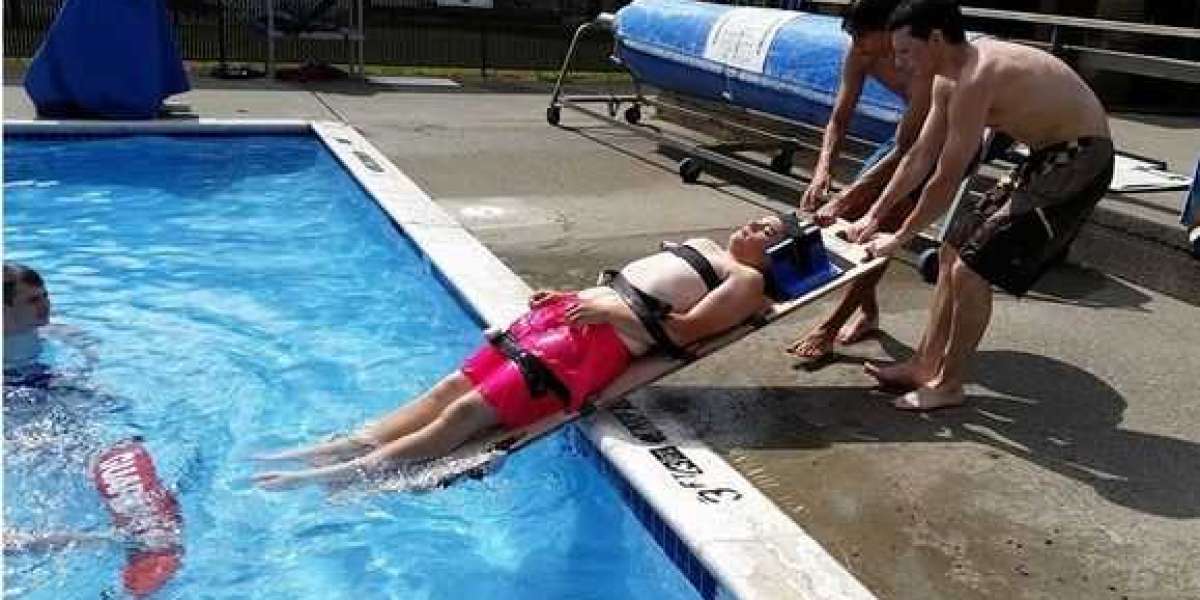Passing the onsite lifeguard training test on your first try is not only possible—it’s achievable with the right mindset, preparation, and understanding of what’s expected. The American Lifeguard program is designed to empower future lifeguards with both the theoretical knowledge and hands-on skills needed to perform confidently and effectively in high-pressure situations. This guide will walk you through the ten most essential areas of focus to help you ace your lifeguard onsite training assessment with flying colors.
1. Understand the Structure of the Onsite Test
The onsite test typically consists of physical challenges, rescue scenarios, CPR demonstrations, and written assessments. Knowing what each section entails is crucial. The American Lifeguard program provides comprehensive insights into these elements during your course. Familiarizing yourself with the test layout ahead of time reduces anxiety and allows you to mentally prepare for what’s coming.
2. Train Your Body for Stamina and Strength
Lifeguarding demands physical endurance, especially when performing rescues or treading water for extended periods. Practicing swimming laps, brick retrievals, and timed rescue drills will strengthen your muscles and boost your cardiovascular health. With American Lifeguard training, physical conditioning is built into every step of the program to ensure you're more than ready when test day comes.
3. Master the Water Rescue Techniques
Your ability to carry out rescues in different scenarios is at the heart of the test. You'll be required to approach, secure, and bring a distressed swimmer to safety. Techniques like active and passive victim rescues, submerged victim retrievals, and spinal injury management are essential. The American Lifeguard curriculum gives you plenty of hands-on practice with each method so you’re confident when it counts.
4. Polish Your CPR and First Aid Skills
You must demonstrate proper CPR techniques, including chest compressions, rescue breathing, and AED use. Equally important is mastering basic first aid responses to emergencies like burns, fractures, and bleeding. The American Lifeguard program ensures that each trainee practices these skills until they become second nature, significantly boosting your confidence during the test.
5. Focus on Scanning and Surveillance Awareness
Being able to identify distressed swimmers before a situation becomes critical is a key part of your assessment. Practicing effective scanning patterns, understanding zones of responsibility, and responding to potential dangers quickly will be tested. With American Lifeguard, you’ll receive scenario-based learning that trains you to sharpen your visual awareness and reaction time.
6. Learn to Communicate Like a Pro
Effective communication is vital during emergencies. You’ll need to demonstrate your ability to give clear instructions, use whistle signals, and coordinate with other guards or emergency services. The American Lifeguard training emphasizes professional communication techniques to ensure you’re articulate and in control when every second counts.
7. Stay Calm Under Pressure
A composed lifeguard is a competent one. One of the most underestimated skills is the ability to stay mentally focused in high-stress situations. During training with American Lifeguard, you’ll be placed in realistic rescue scenarios that teach you to regulate your emotions and think logically—both of which are crucial during your onsite test.
8. Participate in Every Practice Session
Consistency in training leads to mastery. Attend all practice sessions and engage actively. The more time you spend practicing, the more muscle memory you build. American Lifeguard instructors provide constructive feedback during each session, helping you identify areas of improvement and sharpen your strengths.
9. Review the Lifeguard Manual Thoroughly
Don’t neglect the academic portion of your test. Your understanding of safety protocols, emergency action plans (EAPs), and lifeguard responsibilities will be assessed. American Lifeguard offers a detailed manual and study materials that are easy to follow and cover every aspect of lifeguarding theory.
10. Trust Your Training and Believe in Yourself
Lastly, confidence can make all the difference. Trust the skills you’ve developed during your American Lifeguard course and approach the test with a positive attitude. You’ve trained hard, practiced with professionals, and learned everything required to succeed. Go in with the mindset that you will pass—and you’ll likely do just that.
Final Thought
The onsite lifeguard test is a challenge, but with proper preparation and the expert instruction provided by the American Lifeguard, passing it on your first try is absolutely within reach. Stay disciplined, stay motivated, and trust in the process.



